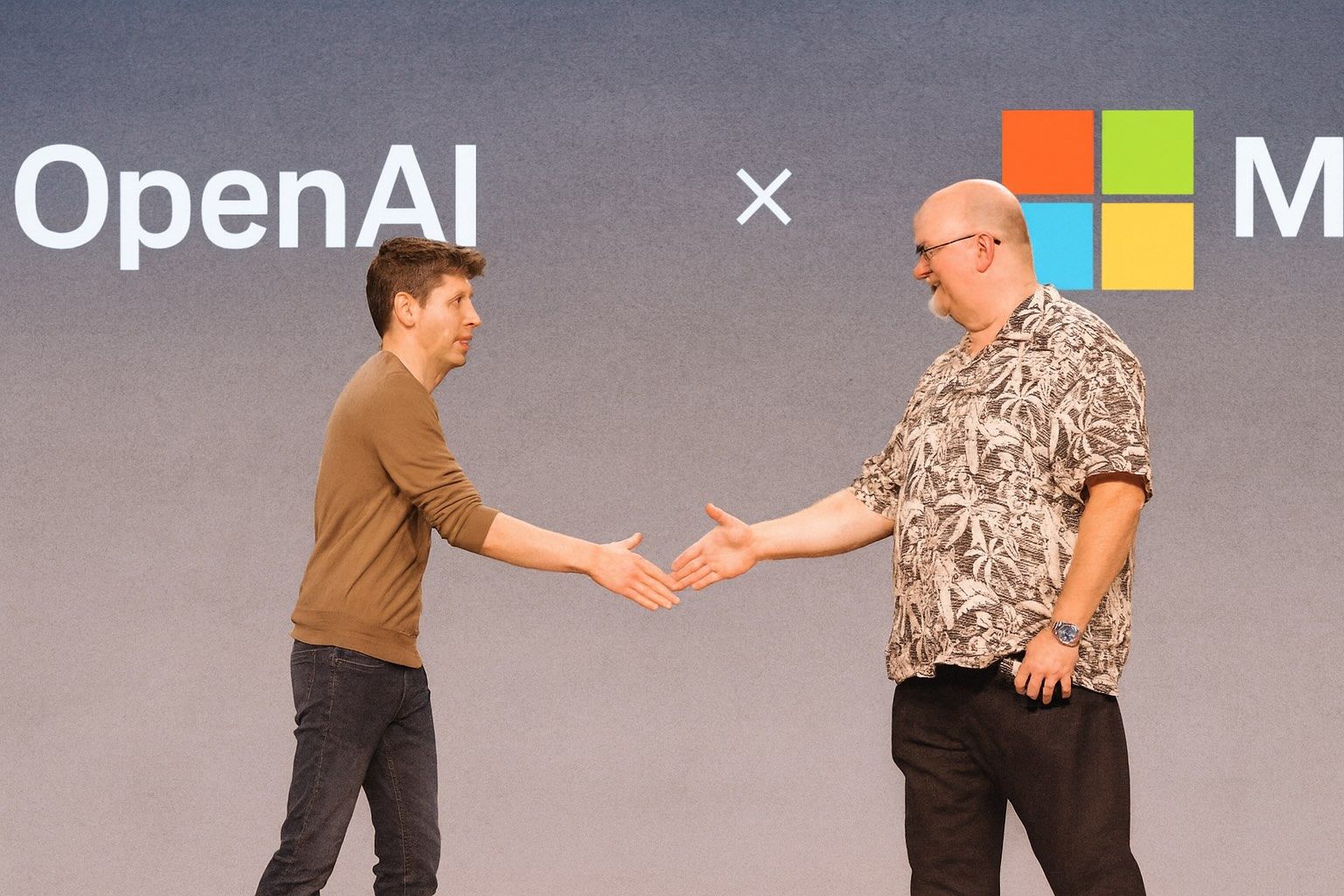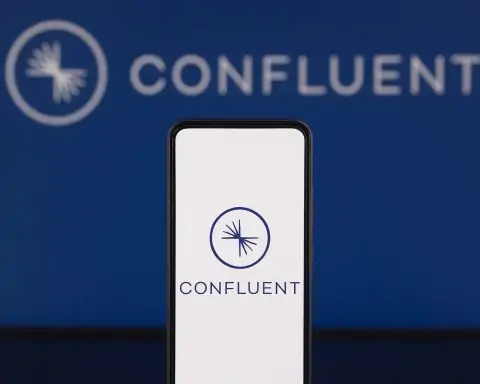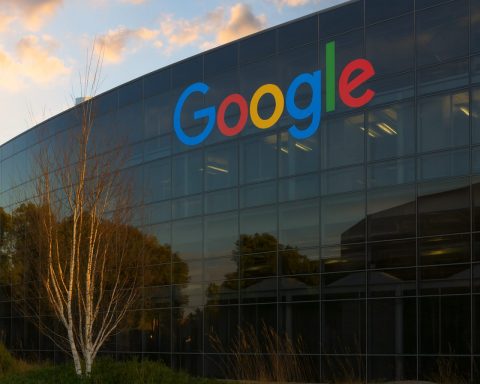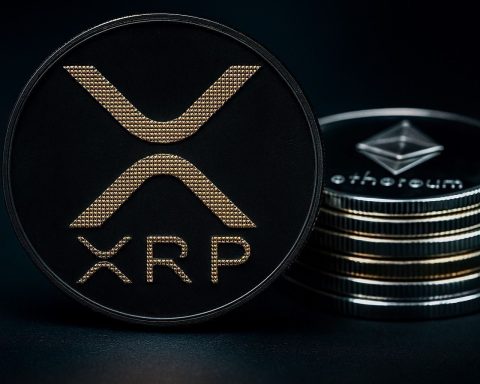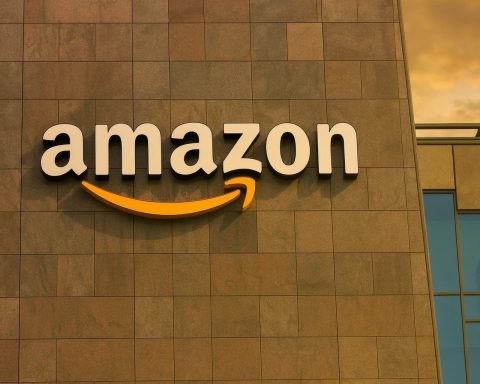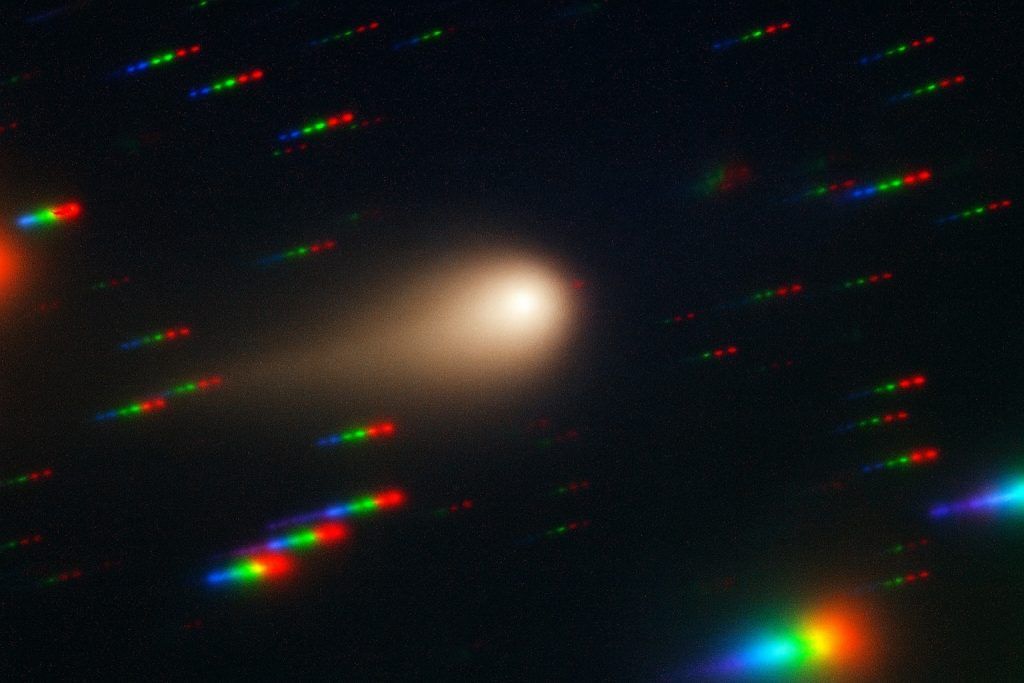- OpenAI Restructuring: On Oct 28, 2025 OpenAI completed a long-anticipated reorganization, splitting into a nonprofit (OpenAI Foundation) and a for-profit PBC (Public Benefit Corp) that the nonprofit controls [1]. The new structure is designed to let OpenAI raise vast funds while preserving its “benefit to humanity” mission [2] [3].
- Microsoft’s Stake: Microsoft will own 27% of the new OpenAI Group for-profit arm – a stake now valued at roughly $135 billion after ~$13.8 billion invested since 2019 [4] [5]. The deal also commits OpenAI to buy $250 billion more in Azure cloud services, locking in Microsoft as a major AI partner [6] [7].
- AI Spending Boom: OpenAI announced plans to spend about $1.4 trillion on AI infrastructure (data centers, chips, R&D) in coming years [8], signaling its push toward eventual IPO and further scaling of generative AI. Bret Taylor, OpenAI’s chair, noted the more OpenAI succeeds, the more value flows back into nonprofit projects (curing disease, AGI safety) [9].
- Stock Surge: Microsoft’s share price immediately jumped on the news – up about 4% intraday on Oct 28 (closing ~+2%) [10] [11]. MSFT briefly hit a record high (~$554) and pushed its market cap over $4 trillion for the first time [12]. Year-to-date the stock is up ~25%, outpacing the market by a wide margin [13].
- Analyst Outlook: Wall Street is overwhelmingly bullish. Nearly 99% of analysts rate MSFT a “Buy” [14], with average price targets around $580–$630 (roughly 10–20% above current levels) [15] [16]. Morgan Stanley, Guggenheim and others have raised targets (up to ~$625) citing Microsoft’s strong AI positioning [17] [18]. Barclays notes the deal “removes an overhang” on the stock [19]. However, some caution the current 29× forward P/E already prices in steep growth [20].
- Expert Reaction: Analysts say the restructure “brings a clearer legal balance between social mission and profit goals” [21]. Barclays’ Raimo Lenschow says it creates “a solid framework” and removes uncertainties that weighed on MSFT [22]. Others warn of new challenges: governance is “messy” with nonprofit oversight, and tech giants now concentrate even more AI power [23] [24].
OpenAI Reorg: Mission Meets Money
OpenAI’s Oct. 2025 recapitalization creates a Public Benefit Corp for its for-profit business, still overseen by a nonprofit board [25] [26]. Under the new arrangement, the OpenAI Foundation holds about 26% of the for-profit equity (worth ~$130B) and appoints its directors [27]. Employees and investors hold ~47%, and Microsoft 27% [28]. Crucially, the foundation retains special voting control to prevent purely profit-driven shifts, staying true to OpenAI’s charter [29].
The restructuring clears the way for massive fundraising. CEO Sam Altman told reporters OpenAI plans roughly $1.4 trillion in AI R&D and infrastructure over the next few years [30]. By any measure, that dwarfs typical tech investments. As TS2.tech explains, the dual (nonprofit/for-profit) model lets OpenAI “raise billions while promising to prioritize its mission” – but only after reworking its complex governance [31] [32]. OpenAI Chair Bret Taylor noted in a blog post that success will benefit public good: “The more OpenAI succeeds as a company, the more the nonprofit’s equity stake will be worth, which the nonprofit will use to fund its philanthropic work” [33].
Not everyone is convinced. Public Citizen and others argue the new structure is “an attempt to entrench the status quo” with too few guardrails [34]. OpenAI co-founder Elon Musk – now a rival with his xAI venture – has sued to stop the deal, saying it strays from OpenAI’s founding principles [35]. California and Delaware regulators approved the plan but will monitor it, stressing it must honor OpenAI’s “charitable mission” [36].
Microsoft’s $135B Stake and New AI Pact
For Microsoft, the revamped deal is a major win. Its 27% stake in OpenAI’s for-profit arm is valued at about $135 billion [37] [38]. Under the updated agreement, Microsoft maintains deep access to OpenAI’s cutting-edge models. It secured exclusive intellectual-property rights and API access to OpenAI’s tech through 2032 (and even beyond for post-AGI models) [39] [40]. In exchange, OpenAI commits to purchasing roughly $250 billion of Azure cloud services over time [41] [42].
Crucially, Microsoft agreed to lift some previous restrictions. OpenAI no longer must use Azure exclusively; it can now work with other cloud providers and develop third-party products outside Microsoft’s purview [43] [44]. This frees OpenAI to pursue hardware and partnerships without first offering them to Microsoft. In return, Microsoft gains guaranteed IP rights and a longer runway: rather than losing rights instantly upon an AGI announcement, an independent panel must now verify any AGI breakthrough [45] [46].
Analysts say the new terms let both giants move faster. As Axios summarizes, OpenAI gets the flexibility to “ink new infrastructure deals” without Microsoft’s right of first refusal – critical as OpenAI lines up massive spending on servers [47]. Microsoft, meanwhile, locks in Azure demand and AI integration for years. William Blair’s Jason Ader notes the deal “protects the foundation of [Microsoft’s] Copilot strategy and Azure OpenAI monetization” by securing IP through 2032 [48]. BNP Paribas adds that the $250B Azure commitment “should assuage concerns that Microsoft is simply foregoing hundreds of billions in potential revenue” [49].
Stock Reaction and Outlook
Investors cheered. On Oct. 28, Microsoft stock jumped nearly 4% intraday on the news [50] [51], briefly nudging its market cap past $4 trillion [52]. By the close it was still up ~2%, marking another all-time high [53]. This rally was part of a larger tech surge: Nasdaq and S&P 500 indexes hit records as Big Tech (the “Magnificent Seven”) led broad gains on renewed AI euphoria [54].
Microsoft’s stock is up about 60% year-over-year [55]. Analysts say the OpenAI deal has removed a major overhang. Barclays’ Raimo Lenschow commented: “The new OpenAI agreement creates a solid framework for years to come and removes an overhang that has pressured [Microsoft shares] in recent months” [56]. He and others expect strong earnings (Q1 fiscal 2026 results are due Oct. 30) to further drive the stock. Evercore ISI, Goldman Sachs, Morgan Stanley and others reiterated buy ratings, often lifting price targets. Morgan Stanley and Evercore noted this restructure wipes out the “number one” obstacle facing MSFT stock [57].
Price targets are now mostly in the $580–$630 range. TipRanks reports the average MSFT target is ~$631 [58], about 16% above current prices. Wall Street upgrades are widespread: Guggenheim just raised its rating to Buy ($586 target) and Morgan Stanley to $625 [59]. Guggenheim’s John DiFucci says Microsoft’s “leadership in cloud and AI gives it multiple growth engines” [60]. Even long-time bull Dan Ives of Wedbush believes MSFT could someday hit a $5 trillion valuation as AI investments pay off [61].
However, some experts urge caution. Microsoft now trades at roughly 29× forward earnings [62], a lofty multiple that assumes relentless growth. IG Group analyst Chris Beauchamp warns governance is messy and regulatory scrutiny looms for such a dominant AI partnership [63]. Market strategists note any slowdown in cloud growth or spike in costs (the company plans about $30 billion capex on data centers this quarter [64]) could trigger a pullback. Still, for now investors remain bullish: Gerrit Smit of Stonehage Fleming observes “Microsoft is becoming more of a cloud infrastructure business and a leader in enterprise AI,” reflecting confidence that its AI bets will continue to drive revenue [65].
Gates’ Warning and AI Hype
It’s worth recalling how far Microsoft’s AI journey has come. In 2019, Satya Nadella pushed a $1 billion investment into OpenAI, even as co-founder Bill Gates quipped “you’re going to burn this billion dollars” on a nonprofit [66]. Three years later that risk looks prescient: ChatGPT became a global sensation (OpenAI now boasts ~800 million weekly users [67]) and Microsoft doubled down.
Today Nadella’s gamble is paying off spectacularly. The partnership has helped fuel rapid Azure growth (over 30% YoY) and broad adoption of AI tools like Microsoft 365 Copilot [68]. New AI-powered devices (AI-enabled Surface PCs, Xbox consoles) and enterprise services keep coming [69]. Even the end-of-life for Windows 10 (forcing upgrades) plays into an AI strategy of migrating customers to Windows 11 and cloud services [70].
Looking ahead, analysts see multiple catalysts. OpenAI’s restructure sets the stage for an eventual IPO or direct investment by public markets, potentially unlocking more value for Microsoft’s stake [71] [72]. Microsoft itself will report its earnings Oct. 30 amid expectations of continued AI-driven revenue bumps [73] [74]. Meanwhile, AI remains the key theme: as BlackRock’s Larry Fink notes, massive data-center deals and chip purchases mean “we further our goal of delivering the infrastructure necessary to power the future of AI” [75].
In short, the new OpenAI deal ties Microsoft even more tightly to the AI revolution. As one analyst put it, Microsoft is “putting down all its chips to bet on AI’s future,” with its $135 billion stake symbolizing “how extreme the concentration of money in AI has become” [76]. Whether that translates into continued stock gains will depend on execution – but for now the market is cheering a clear headline: Microsoft’s bold AI bet just got a lot bigger, and Wall Street is rewarding the vision.
Sources: News reports and analyses from Bloomberg, Axios, Reuters, Investing.com, TS2.tech and others [77] [78] [79] [80], including expert commentary from industry analysts and executives.
References
1. www.axios.com, 2. www.axios.com, 3. ts2.tech, 4. ts2.tech, 5. in.investing.com, 6. www.axios.com, 7. in.investing.com, 8. ts2.tech, 9. www.axios.com, 10. ts2.tech, 11. in.investing.com, 12. ts2.tech, 13. ts2.tech, 14. ts2.tech, 15. ts2.tech, 16. www.tipranks.com, 17. ts2.tech, 18. www.tipranks.com, 19. www.reuters.com, 20. ts2.tech, 21. www.reuters.com, 22. www.thestar.com.my, 23. www.thestar.com.my, 24. www.axios.com, 25. ts2.tech, 26. www.axios.com, 27. ts2.tech, 28. ts2.tech, 29. ts2.tech, 30. ts2.tech, 31. ts2.tech, 32. ts2.tech, 33. www.axios.com, 34. www.axios.com, 35. www.axios.com, 36. ts2.tech, 37. ts2.tech, 38. in.investing.com, 39. www.axios.com, 40. in.investing.com, 41. www.axios.com, 42. in.investing.com, 43. www.axios.com, 44. in.investing.com, 45. www.axios.com, 46. in.investing.com, 47. www.axios.com, 48. www.axios.com, 49. www.axios.com, 50. ts2.tech, 51. in.investing.com, 52. ts2.tech, 53. ts2.tech, 54. ts2.tech, 55. ts2.tech, 56. www.thestar.com.my, 57. www.tipranks.com, 58. www.tipranks.com, 59. ts2.tech, 60. ts2.tech, 61. ts2.tech, 62. ts2.tech, 63. www.thestar.com.my, 64. ts2.tech, 65. ts2.tech, 66. www.businessinsider.com, 67. www.businessinsider.com, 68. ts2.tech, 69. ts2.tech, 70. ts2.tech, 71. ts2.tech, 72. www.axios.com, 73. ts2.tech, 74. ts2.tech, 75. ts2.tech, 76. www.reuters.com, 77. ts2.tech, 78. www.axios.com, 79. www.axios.com, 80. www.reuters.com
